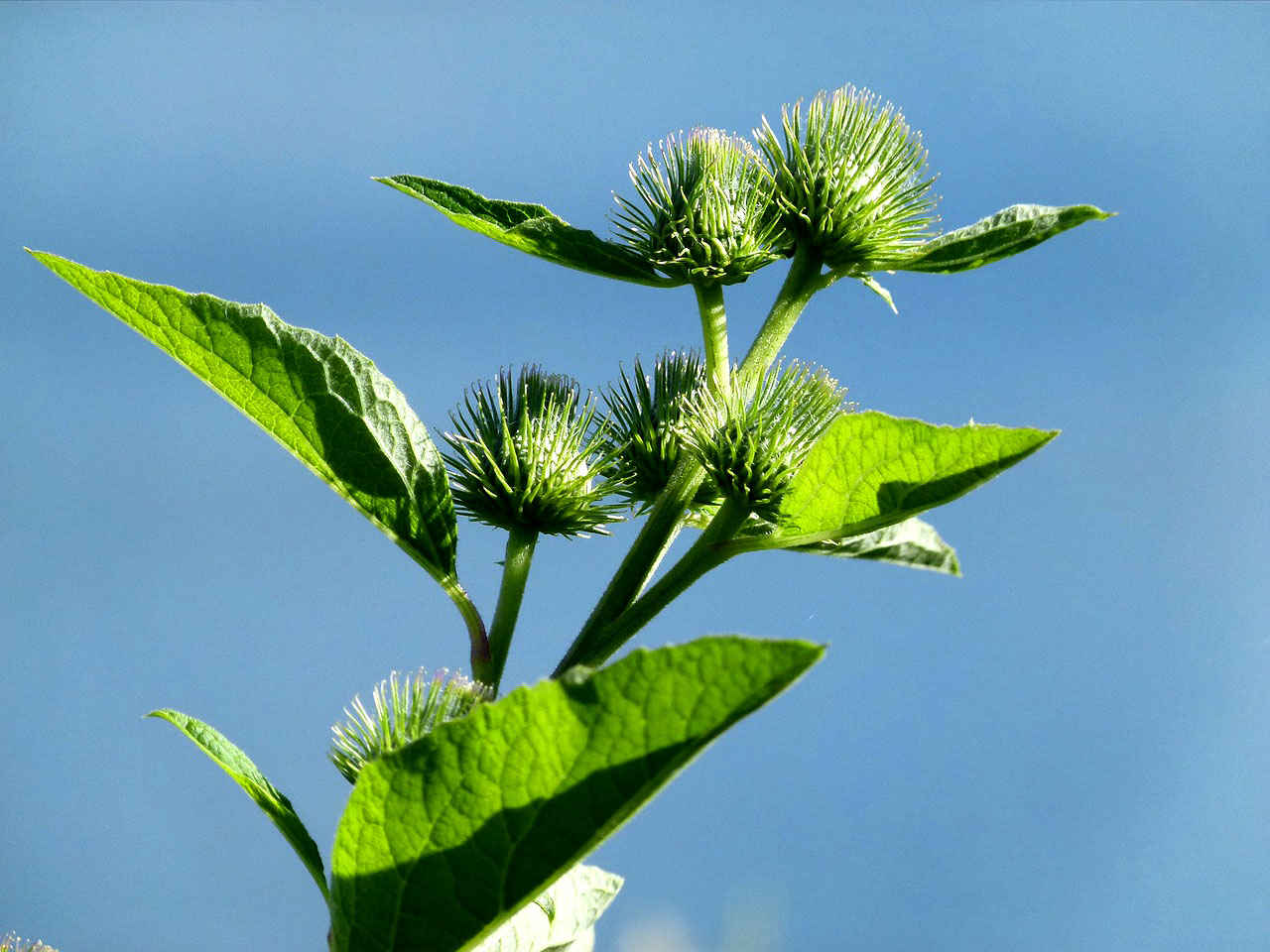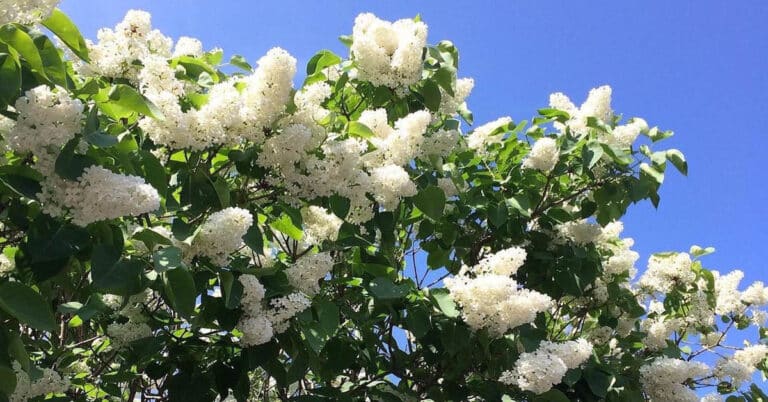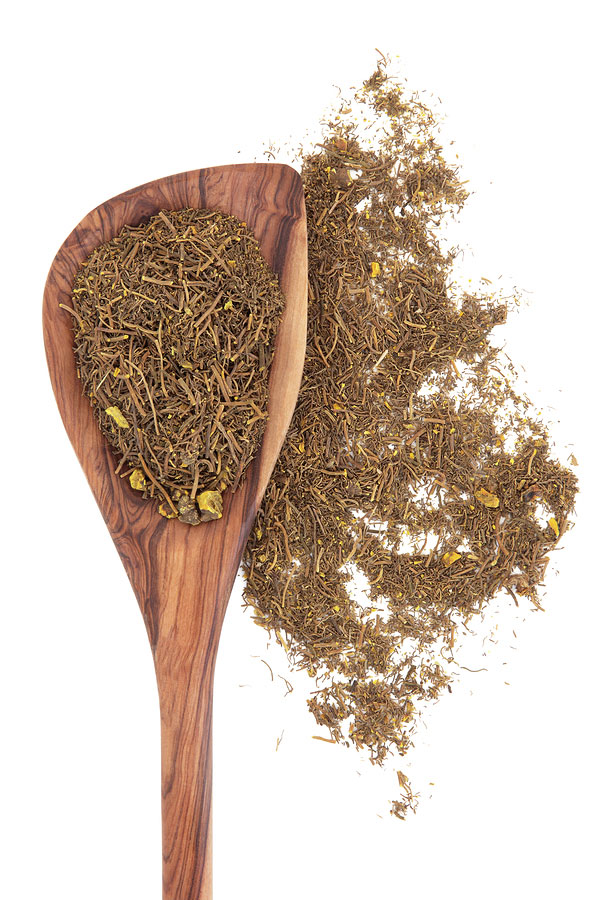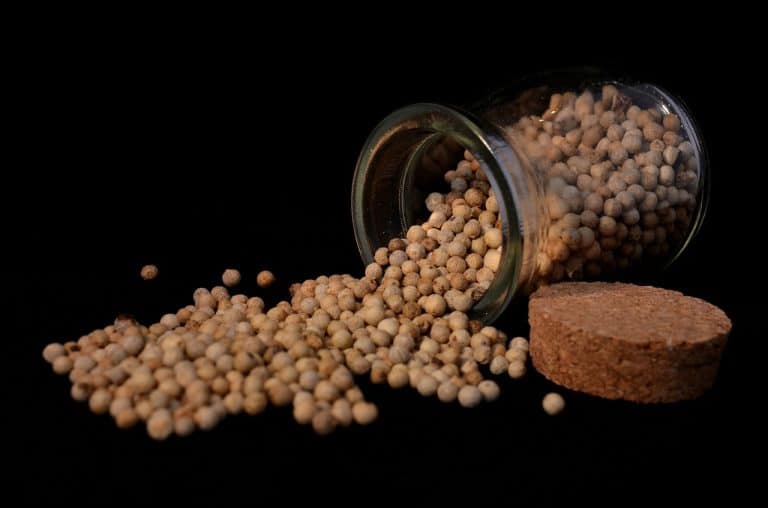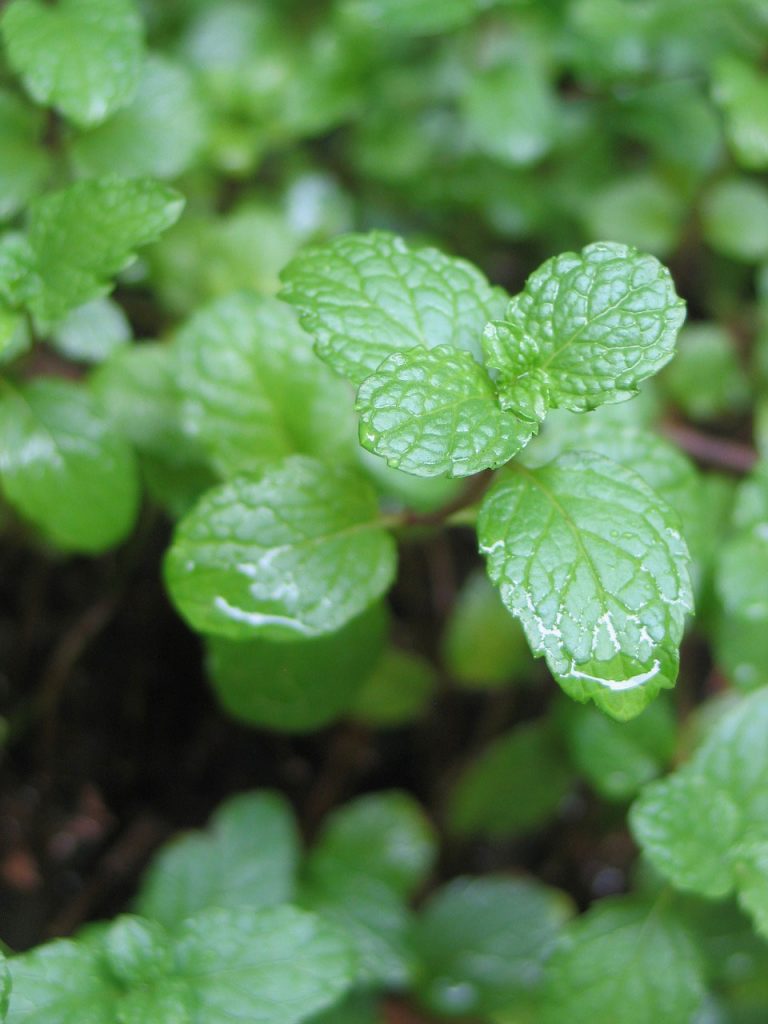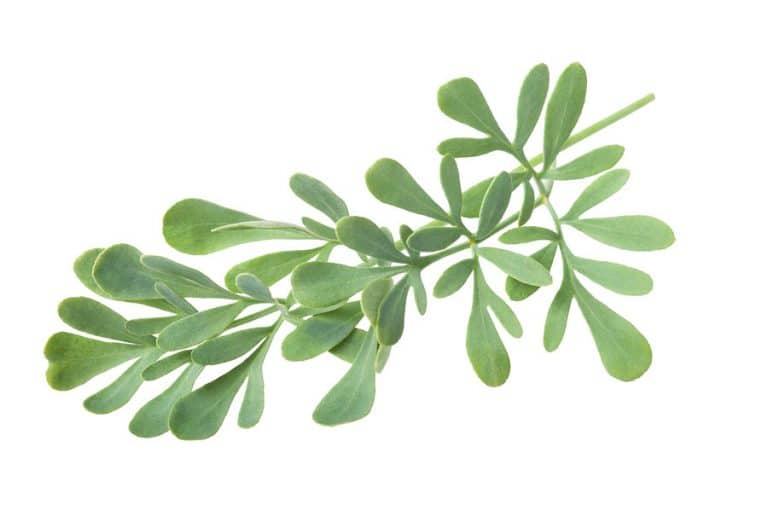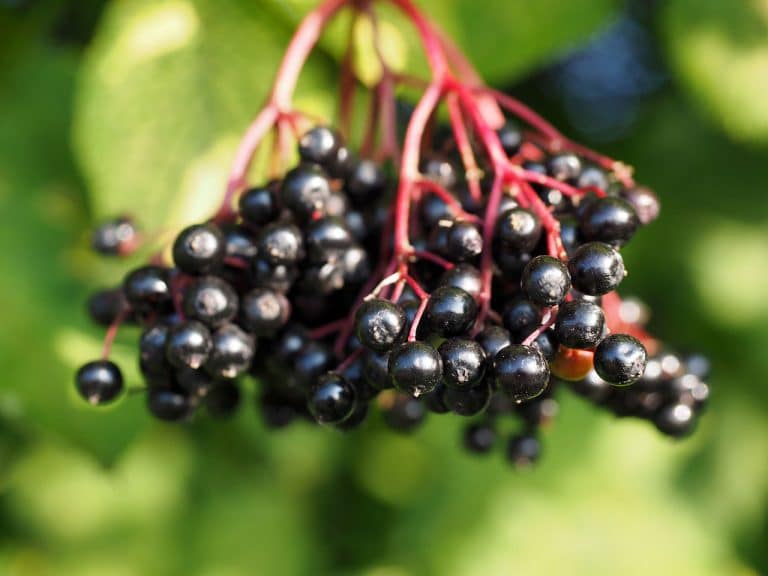Burdock
Scientific Classification
| Kingdom: | Plantae |
| (unranked): | Angiosperms |
| (unranked): | Eudicots |
| (unranked): | Asterids |
| Order: | Asterales |
| Family: | Asteraceae |
| Genus: | Arctium |
| Species: | A. Lappa |
| Binomial name: | Arctium Lappa |
Arctium, commonly known as Burdock is a biennial herb from the Asteraceae family. There are four different kinds of burdock that were introduced to North America. Arctium Minus belongs to one of the four species available. The other two species are the Great and the common Burdock which represents the weedy type. You can find Common Burdock in many places. This plant has many names, including Wild Burdock, Clot Bur Lesser Burdock, Wild Rhubarb Beggars Buttons, Petite Bardane, Cockle Button, Hour-Bur Stick Button, and Hardock. In many parts of the world, the burdock plant is used as a source of food. They are famous for their medicinal properties.
History
Burdock is from the Arctium genus and belongs to the thistle family. They belong to the great composite order of the Asterales. Burdock derived its name from the Greek word Arklos which means, a bear.
The other species got their name Lapps from the Celtic word lap, due to their prehensile properties. The species called as dock, derived its name due to its larger leaves. The bur is actually the contraction of the French word, Bourre. They are also derived from the Latin burra, which means a lock of wool.
Anatomy
Basically the leaves of this genus are dark green in color and grow about 71 cm long. They look large, ovate and coarse. The upper leaves are more like an egg shape, whereas the lower ones have a heart shape. The underneath part of the leaves are more wooly. The flowers are usually purple in color and bloom from July to October. The leaf stalks are hollow and the stems are branched, growing about 3 to 4 feet in height.
Habitat
Burdock is a flowering plant that can grow well in any place. They can grow well in places near river banks, roadsides, vacant places and in the fields. We can see them throughout the northern part of America.
Soil
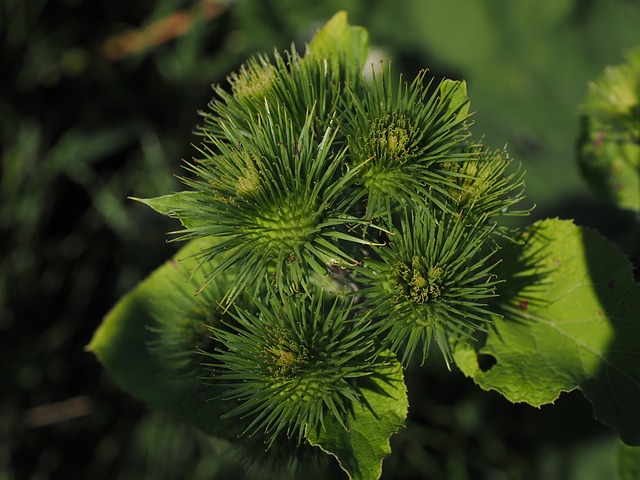
A well drained soil is always preferred by the burdock species to thrive well. They can adjust in moist soil and if the soil is rich in humus, then, it is even better. Seeds should be sown 18 inches apart. They should be seeded during the early spring. Thin the seeds in a way that they stand 6 inches apart in each row. Before you plant the seeds, soak them in warm water overnight and then it will be easy for them to germinate. Make sure to dig a hole that is big enough to accommodate the roots. Fertilizers should be used for this herb.
Planting
The burdock plant grows very easily. They even grow wild. They dont need any human assistance to thrive. If you give more attention that will be an added advantage for them and will help to increase the productivity. They love full sun, but they can grow in shade too. If the soil is rich and well drained they will grow better. The soil has to be loose and free from rocks so that the roots can move easily and grow longer and straight.
Watering
Until the plant grows well, water them regularly and after that, regular watering is not needed. Make sure the base of the plant is wet, so that the roots can move easily. You can add mulch to the base to avoid the growth of weeds to reduce evaporation.
Temperature and Humidity
Burdock is native to hot climate areas, but they can grow well in areas where there is partial shade or humidity. They can thrive well in a subtropical climate with temperatures ranging between 20 to 30 degree Celsius. They also need a rainfall between 1400 to 2000 mm
Uses
The tender leaves of the plant are edible and can be used for culinary purposes. They can be prepared in the same way as spinach and asparagus. But the roots are eaten as a delicacy. The roots, while tender can be eaten like radish, whereas the matured roots should be cooked before eating.
Pests and Diseases
The burdock tree is free from pests and diseases to a large extent. If the acreage increases, then the pests can attack them. Grasshopper is their biggest enemy. There are also certain viruses that affect them.

Having discovered a fondness for insects while pursuing her degree in Biology, Randi Jones was quite bugged to know that people usually dismissed these little creatures as “creepy-crawlies”.

